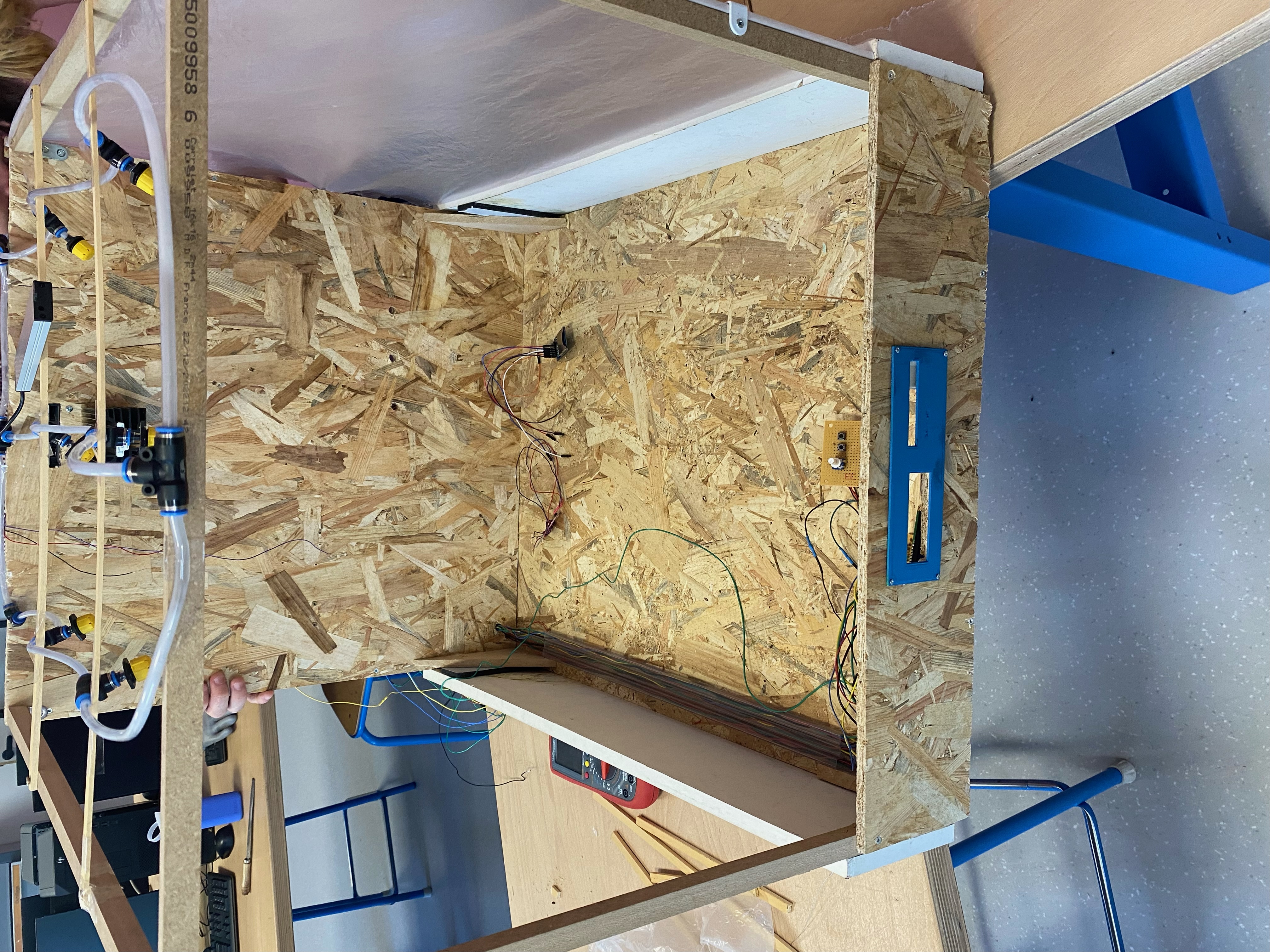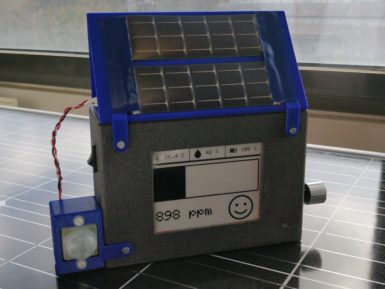
Overview
DYNAMIXEL Shield for Arduino MKR allows users to easily use ROBOTIS’ DYNAMIXEL Series along with Arduino MKR Boards.
The features are as follows:
- Compatible with Arduino MKR
- Compatible with ROBOTIS DYNAMIXEL TTL Series (Discontinued DYNAMIXEL may not be supported)
- For 12V DYNAMIXEL power supply, ROBOTIS SMPS 12V 5A PS-10 is recommended
- The included battery connector is compatible with ROBOTIS 3S Li-Po 11.1V batteries LB-010 or LB-020
- Only one JST DYNAMIXEL connector is assembled by default. Please solder included headers when necessary.
- JST DYNAMIXEL connector supports controlling individual servos and daisy-chains.
Parts list:
- DYNAMIXEL MKR Shield (1)
- JST(S3B-EH) (2)
- Molex(5268-02A) (2)
- DC Jack Harness (1)
- Battery Connector(SMW250-02) (1)
- XL-320 Convertible cable (1)
ROBOTIS provides Arduino libraries for DYNAMIXEL Shield to accelerate the development process using Arduino IDE.
Tech specs
| Compatibility | MKR Family |
| VIN(DXL) Voltage¹ | 3.5 ~ 24 [V] |
| Operating Temperature | -10 ~ +80 [°C] |
| Connectors | JST(S3B-EH), Molex(5268-02A) Battery Connector³ (SMW250-02) Terminal Block(DG350-3.5-02P-14) |
| Physical Connection | TTL Multidrop Bus (3.3V Logic, 5V Compatible) |
| Cables | - DC Jack Harness (Type A, O.D.: 5.5 [mm], I.D.: 2.5 [mm]) - Convertible cable for XL-320 |
| Dimensions | 65 x 25 [mm] |
| Weight | 11 [g] |
- ROBOTIS SMPS 12V 5A PS-10 is recommended for 12V DYNAMIXEL power supply.
- Only one JST is assembled by default. Please solder included connectors when necessary.
- The battery connector is compatible with ROBOTIS batteries LB-010 or LB-020.
Documentation
In order to use the AX or MX series TTL cable, solder the included molex connector to an empty DYNAMIXEL Port, or use the Robot Cable-X3P convertible cable.
Please be aware that Arduino MKR boards may limit the 5V power source for USB hardware protection.
More information about the DYNAMIXEL Shield for Arduino MKR Series can be found at the following links below.
Get Inspired

Just a simple and enjoyable autonomous greenhouse

Humans are animals and like all animals, we evolved in mostly outdoor conditions where the air is nice and fresh. But modern society keeps most of us indoors the vast majority of the time, which could have negative health effects. There are many potential hazards, including a lack of sunlight and psychological effects, but CO2 may pose a more tangible risk. To keep tabs on that risk within classrooms, a team from Polytech Sorbonne built this small CO2 monitor. This CO2 monitor performs two functions: it shows anyone nearby the CO2 levels in the area and it uploads that data over LoRaWAN to a central hub that can track the levels across many locations. A school could, for example, put one of these CO2 monitors in every classroom. An administrator could then see the CO2 levels in every room in real time, along with historical records. That would alert them to immediate dangers and to long term trends. At the heart of this CO2 monitor is an Arduino MKR WAN 1310 development board, which has built-in LoRa® connectivity. It uses a Seeed Studio Grove CO2, temperature, and humidity sensor to monitor local conditions. To keep power consumption to a minimum, the data displays on an e-ink screen and an Adafruit TPL5110 timer only wakes the device up every ten minutes for an update. Power comes from a lithium-ion battery pack, with a DFRobot solar charger topping up the juice. It uploads data through The Things Network to a PlatformIO web interface. An Edge Impulse machine learning model detects anomalies, so it can sound a warning even if nobody is watching. The enclosure is 3D-printable.









